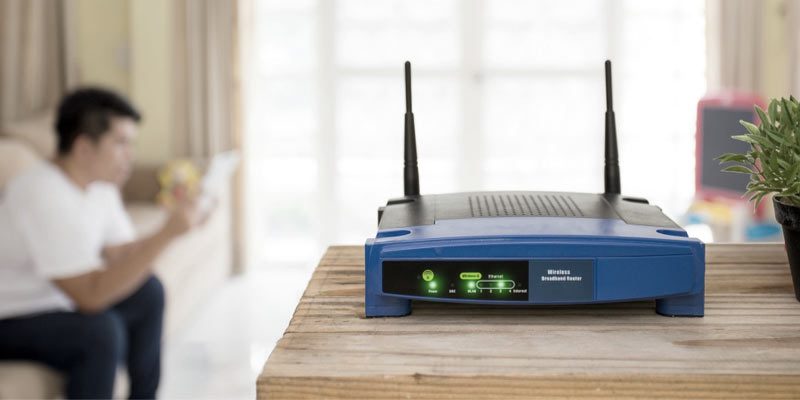Before choosing between ADSL and optical fiber, it is advisable to know how they work, what are their main differences and understand which one should be installed.
Having a good internet connection is an essential requirement for everyday life: watching a film on some platform on demand, using a voice assistant, remotely managing home-related applications, but also working in smart working or taking lessons remotely, these are all operations that require an ADSL or fiber optic line. In short, technology nowadays can no longer stay out the door, and it is important to be able to access the web quickly.
Getting to know ADSL
To understand the difference between ADSL and optical fiber , it will be good to know both connection systems. The ‘ ADSL is a technology that has now over 20 years and that allows connection via the telephone line. This type of connection does not require the installation of additional equipment. A simple modem will suffice. In connections of this type, the download speed is different from the upload speed. Currently the standard speed is 7 Mbps in download and 384 Kbps in upload, but you can reach 20 Mbps in download and 1 Mbps in upload.
In fact, however, the speed that is actually reached is influenced by some factors, such as the type of modem or router you use, the performance of your device, the browser you are using, but also the quality of the twisted pair and how much traffic there is. is present in the area.
Know the Optical Fiber
The second step to choose between Adsl and Fiber is to understand how the latter works. It is a transmission technology that is based on cables, precisely in fiber, which allow the propagation of optical signals. With this system the bandwidth capacity is higher: in download it reaches up to 100 Mbps, and in upload up to 3 Mbps. Although this type of connection is potentially capable of reaching up to 1 Gbps. Compared to ADSL, however, it involves higher installation costs, and there is not always the necessary coverage, especially when you live far from the cities. However, this is a constantly evolving technology and several providers are extending the geographical coverage of services.
There are different technologies that exploit the optical fiber , of which the most used are essentially two: the FTTC (fiber to the cabinet), which is the one able to reach the street in front of the house, and then use the VDSL / VDSL2 on the twisted pair to reach the house; FTTH (fiber to the home), which instead enters the home directly via fiber.
The Differences between ADSL and Optical Fiber
So, basically, the main differences between optical fiber and ADSL are three:
The Speed: ADSL comes to 20 Mbps while the fiber is up to 100 Mbps.
The Transmission Technology: for the optical fiber is precisely using fiber cables, while the ADSL connects via the old telephone line, with copper cables.
The territorial coverage: the ADSL comes anywhere there is a telephone connection, the fiber comes only where it has been made the appropriate infrastructure.
The installation: that of the Fiber is possible to do it only under specific conditions and the costs are quite high, as they require specific works, especially where you want to get the cables inside the house. With ADSL everything is simpler and no special equipment is required.
The price: on average, the cost of a connection via fiber is higher than one with ADSL.
When to install ADSL and when to use fiber optics
The choice between the two possible connections, ADSL vs optical fiber , therefore depends first of all on the territorial coverage conditions: if the cables do not reach the place where you live, the fiber must be discarded a priori. Therefore, for those who live in small and poorly served villages, the choice must undoubtedly be that of ADSL. For those who live in a wired area, the possibilities will be greater, but it is not always certain that the fastest line is the one to choose. First of all for costs, but also because those who use the internet from a strictly domestic point of view may not have the need for a particularly fast connection. It is different if you use the network for business reasons, such as smart working, or for courses or remote lessons, where a faster connection could help a lot. In short, the variables to be evaluated, in the choice between ADSL or optical fiber , are many, and depend very much on the needs of the individual.








